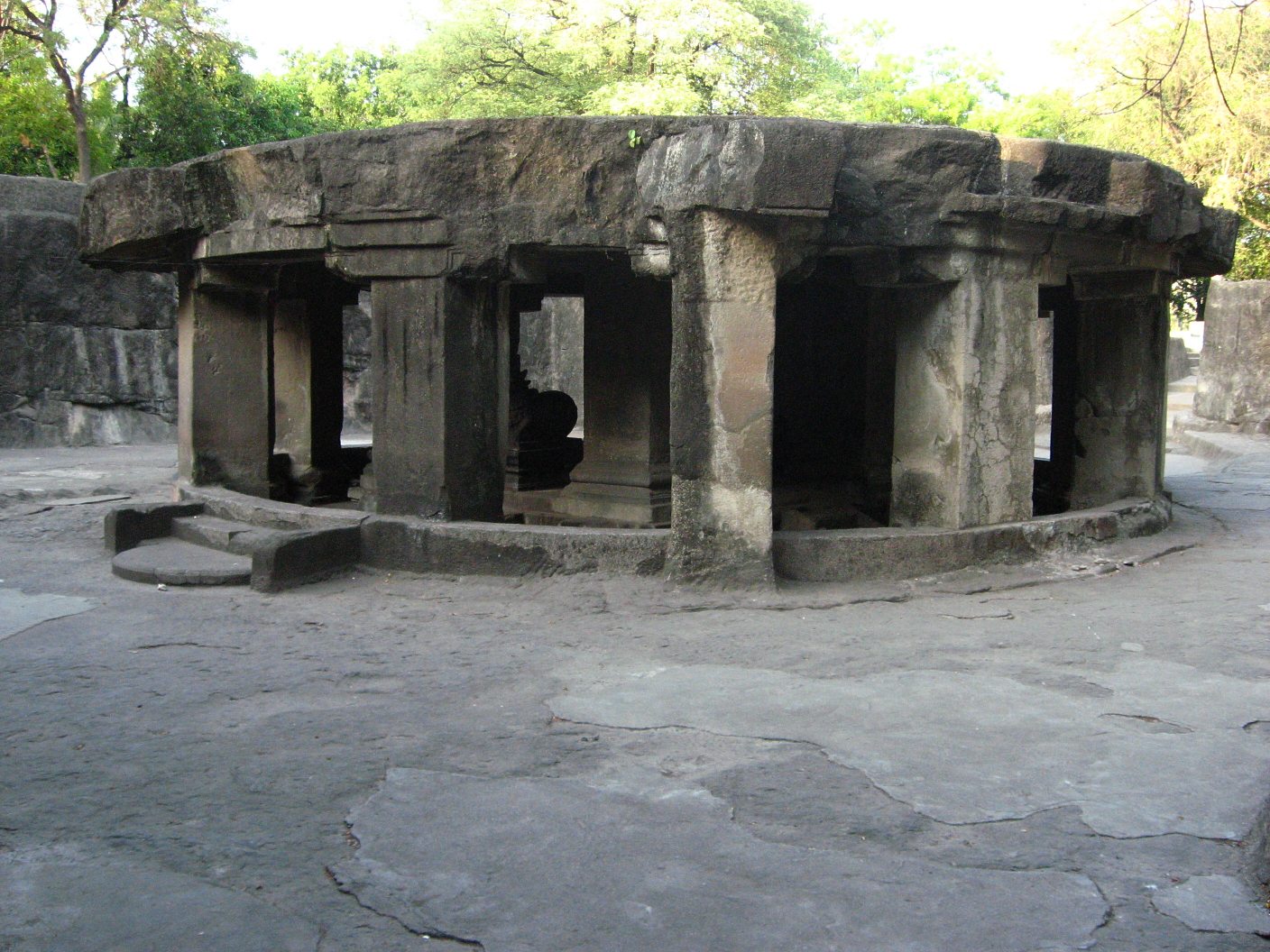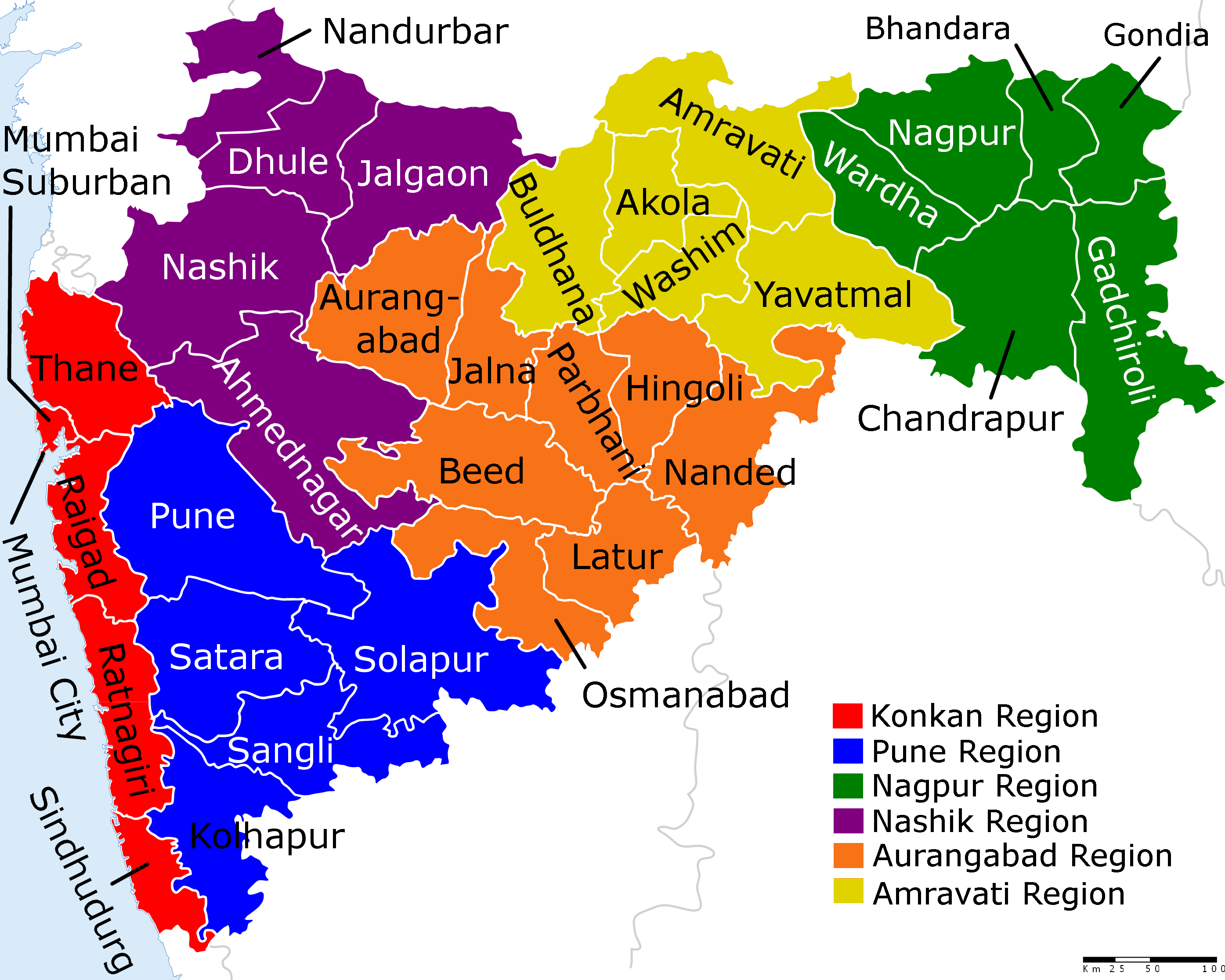|
Mulshi Dam
Mulshi is the name of a major dam on the Mula river in India. It is located in the Mulshi taluka administrative division of the Pune district of Maharashtra State. Water from the dam is used for irrigation as well as for producing electricity at the Bhira hydroelectric power plant, operated by Tata Power. The station operates six 25MW Pelton turbines established in 1927 and one 150MW Pumped Storage Unit. Water from this reservoir located in Krishna river basin is diverted to the Bhira power house for generating Hydro electricity. In 1920–21, during the construction of the dam and power station, Pandurang Mahadev Bapat led ''Mulshi Satyagrah'', a movement to represent farmers whose land had been taken to build the project. He was dubbed '' Senapati'' (''commander'') in recognition of his leadership. Tourism In recent years Mulshi and adjoining areas have been developed as a tourist destination, adding accommodation for leisure guests. The place is around 2 hours drive fro ... [...More Info...] [...Related Items...] OR: [Wikipedia] [Google] [Baidu] |
Mula River, India
The Mula is a river in Pune, India. It is dammed near the Western Ghats at the Mulshi Dam that forms the Mulshi Lake. Further downstream, in Pune city, it merges with the Pawana River on the left bank and Mutha River on the right bank to form the Mula-Mutha river, which later meets the Bhima River. The river forms the boundary between the limits of the Pimpri-Chinchwad Municipal Corporation and the Pune Municipal Corporation.This river goes from center of Pune city. Bridges There are several bridges constructed on the river. The Rajiv Gandhi Bridge connecting Pune to Ravet crosses the river at Aundh. The Harris Bridge crosses at Dapodi. The Holkar bridge crosses the river near Khadki. The Sangam Bridge crosses the Mutha River at Sangamwadi, just before their merger. Pollution and flooding In 2010, areas surrounding the river experienced flash floods due to high levels of pollution and garbage dumped into the river. The College of Engineering, Pune (CoEP) holds an annual b ... [...More Info...] [...Related Items...] OR: [Wikipedia] [Google] [Baidu] |
Pumped-storage Hydroelectricity
Pumped-storage hydroelectricity (PSH), or pumped hydroelectric energy storage (PHES), is a type of hydroelectric energy storage used by electric power systems for load balancing. The method stores energy in the form of gravitational potential energy of water, pumped from a lower elevation reservoir to a higher elevation. Low-cost surplus off-peak electric power is typically used to run the pumps. During periods of high electrical demand, the stored water is released through turbines to produce electric power. Although the losses of the pumping process make the plant a net consumer of energy overall, the system increases revenue by selling more electricity during periods of peak demand, when electricity prices are highest. If the upper lake collects significant rainfall or is fed by a river then the plant may be a net energy producer in the manner of a traditional hydroelectric plant. Pumped-storage hydroelectricity allows energy from intermittent sources (such as solar, ... [...More Info...] [...Related Items...] OR: [Wikipedia] [Google] [Baidu] |
Pumped-storage Hydroelectric Power Stations In India
Pumped-storage hydroelectricity (PSH), or pumped hydroelectric energy storage (PHES), is a type of hydroelectric energy storage used by electric power systems for load balancing. The method stores energy in the form of gravitational potential energy of water, pumped from a lower elevation reservoir to a higher elevation. Low-cost surplus off-peak electric power is typically used to run the pumps. During periods of high electrical demand, the stored water is released through turbines to produce electric power. Although the losses of the pumping process make the plant a net consumer of energy overall, the system increases revenue by selling more electricity during periods of peak demand, when electricity prices are highest. If the upper lake collects significant rainfall or is fed by a river then the plant may be a net energy producer in the manner of a traditional hydroelectric plant. Pumped-storage hydroelectricity allows energy from intermittent sources (such as solar, win ... [...More Info...] [...Related Items...] OR: [Wikipedia] [Google] [Baidu] |
Dams In Pune District
A dam is a barrier that stops or restricts the flow of surface water or underground streams. Reservoirs created by dams not only suppress floods but also provide water for activities such as irrigation, human consumption, industrial use, aquaculture, and navigability. Hydropower is often used in conjunction with dams to generate electricity. A dam can also be used to collect or store water which can be evenly distributed between locations. Dams generally serve the primary purpose of retaining water, while other structures such as floodgates or levees (also known as dikes) are used to manage or prevent water flow into specific land regions. The earliest known dam is the Jawa Dam in Jordan, dating to 3,000 BC. The word ''dam'' can be traced back to Middle English, and before that, from Middle Dutch, as seen in the names of many old cities, such as Amsterdam and Rotterdam. History Ancient dams Early dam building took place in Mesopotamia and the Middle East. Dams were used ... [...More Info...] [...Related Items...] OR: [Wikipedia] [Google] [Baidu] |
Pune
Pune (; ; also known as Poona, ( the official name from 1818 until 1978) is one of the most important industrial and educational hubs of India, with an estimated population of 7.4 million As of 2021, Pune Metropolitan Region is the largest in Maharashtra by area, with a geographical area of 7,256 sq km. It has been ranked "the most liveable city in India" several times. Pune is also considered to be the cultural and educational capital of Maharashtra. Along with the municipal corporation area of PCMC, PMC and the three cantonment towns of Camp, Khadki, and Dehu Road, Pune forms the urban core of the eponymous Pune Metropolitan Region (PMR). Situated {{convert, 560, m, 0, abbr=off above sea level on the Deccan plateau, on the right bank of the Mutha river,{{cite web , last=Nalawade , first=S.B. , url=http://www.ranwa.org/punealive/pageog.htm , title=Geography of Pune Urban Area , publisher=Ranwa , access-date=4 April 2008 , archive-url=https://web.archive.org/web/20071 ... [...More Info...] [...Related Items...] OR: [Wikipedia] [Google] [Baidu] |
Senapati
Senapati (Sanskrit: सेनापति; ''sena-'' meaning "army", ''-pati'' meaning "lord") is a title in ancient India denoting the rank of military commander or general of the army. It was a hereditary title of nobility used in the Maratha Empire. During wartime, a ''Sardar Senapati'' or ''Sarsenapati'' (also colloquially termed ''Sarnaubat'') functioned as the Commander-in-Chief of all Maratha forces, coordinating the commands of the various ''Sardars'' in battle. Ranking under the heir-apparent crown prince and other hereditary princes, the title ''Senapati'' most closely resembles a British Duke or German ''Herzog'' in rank and function. On occasion, the title ''Mahasenapati'' (Sanskrit: महा ''maha-'' meaning "great") was granted; this best equates to a Grand Duke or a German ''Großherzog''. Unlike ''Sardar'', ''Senapati'' is a primogeniture hereditary title that passes on to the eldest son. There are several royal ''Senapati'' families alive today, including ... [...More Info...] [...Related Items...] OR: [Wikipedia] [Google] [Baidu] |
Pandurang Mahadev Bapat
Pandurang Mahadev Bapat (12 November 1880 – 28 November 1967), popularly known as Senapati Bapat, was a figure in the Indian independence movement. He acquired the title of '' Senapati'', meaning ''commander'', as a consequence of his leadership during the Mulshi satyagraha. In 1977, the Indian government issued a postage stamp to commemorate him. Early life and education Senapati Bapat was born in a Marathi Chitpawan family on 12 November 1880 in Parner. His family was originally from Ratnagiri. He was educated at Deccan College and then travelled to Britain on a government scholarship in order to study engineering. As a revolutionary During his stay in Britain, he was associated with India House, spending a majority of his time learning bomb-making skills instead of pursuing his official studies. He became associated at this time with the Savarkar brothers, Vinayak and Ganesh. Bapat, who had considered blowing up the Houses of Parliament in London, took his skill ... [...More Info...] [...Related Items...] OR: [Wikipedia] [Google] [Baidu] |
Turbines
A turbine ( or ) (from the Greek , ''tyrbē'', or Latin ''turbo'', meaning vortex) is a rotary mechanical device that extracts energy from a fluid flow and converts it into useful work. The work produced by a turbine can be used for generating electrical power when combined with a generator.Munson, Bruce Roy, T. H. Okiishi, and Wade W. Huebsch. "Turbomachines." Fundamentals of Fluid Mechanics. 6th ed. Hoboken, NJ: J. Wiley & Sons, 2009. Print. A turbine is a turbomachine with at least one moving part called a rotor assembly, which is a shaft or drum with blades attached. Moving fluid acts on the blades so that they move and impart rotational energy to the rotor. Early turbine examples are windmills and waterwheels. Gas, steam, and water turbines have a casing around the blades that contains and controls the working fluid. Credit for invention of the steam turbine is given both to Anglo-Irish engineer Sir Charles Parsons (1854–1931) for invention of the reaction turbine, and to ... [...More Info...] [...Related Items...] OR: [Wikipedia] [Google] [Baidu] |
Pune District
Pune district (Marathi pronunciation: uɳeː is the most populous district in the Indian state of Maharashtra. The district's population was 9,429,408 in the 2011 census, making it the fourth most populous district amongst India's 640 districts. This district has an urban population of 58.08 percent of its total. It is one of the most industrialized districts in India. In recent decades it has also become a hub for information technology. Officer Members of Parliament * Girish Bapat ( BJP) - * Supriya Sule ( NCP) - * Dr. Amol Kolhe ( NCP) - * Shrirang Barne (BSS) - Guardian Minister list of Guardian Minister District Magistrate/Collector list of District Magistrate / Collector District Justice District Police Commissioner list of District Police Commissioner President & Vice-President Zilla Parishad *President list of President Zilla Parishad Pune *Vice-President list of Vice-President Zilla Parishad Pune Chief Executive Off ... [...More Info...] [...Related Items...] OR: [Wikipedia] [Google] [Baidu] |
Pelton Wheel
The Pelton wheel or Pelton Turbine is an Impulse (physics), impulse-type water turbine invented by American inventor Lester Allan Pelton in the 1870s. The Pelton wheel extracts energy from the impulse of moving water, as opposed to water's dead weight like the traditional overshot water wheel. Many earlier variations of impulse turbines existed, but they were less Energy conversion efficiency, efficient than Pelton's design. Water leaving those wheels typically still had high speed, carrying away much of the dynamic energy brought to the wheels. Pelton's paddle geometry was designed so that when the rim ran at half the speed of the water jet, the water left the wheel with very little speed; thus his design extracted almost all of the water's impulse energywhich made for a very efficient turbine. History file:Pelton wheel (patent).png, Figure from Lester Allan Pelton's original October 1880 patent Lester Allan Pelton was born in Vermillion, Ohio in 1829. In 1850, he traveled ov ... [...More Info...] [...Related Items...] OR: [Wikipedia] [Google] [Baidu] |







